Wellesley College is committed to decreasing its carbon footprint and protecting the environment.
The College has made a commitment to be carbon neutral by 2040.
Thanks to investments in energy-efficient buildings and an upgraded power plant, we are well on our way. We reduced greenhouse gasses by 50% as of 2022—far ahead of our original goal of a 44% reduction by 2036.
At Wellesley, we cooperate to create a culture of sustainability.
The environment is an essential part of students’ experience, in and out of the classroom.
-
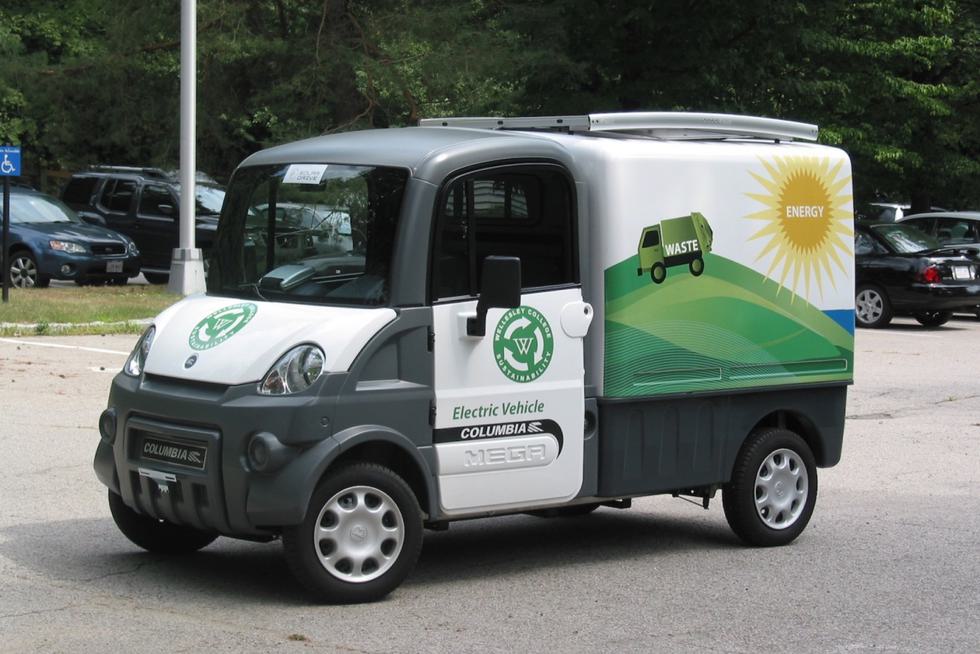
Office of Sustainability
We run green-living certification programs, organize campuswide recycling drives, work with students to increase composting, and come up with other energy-saving strategies.
-
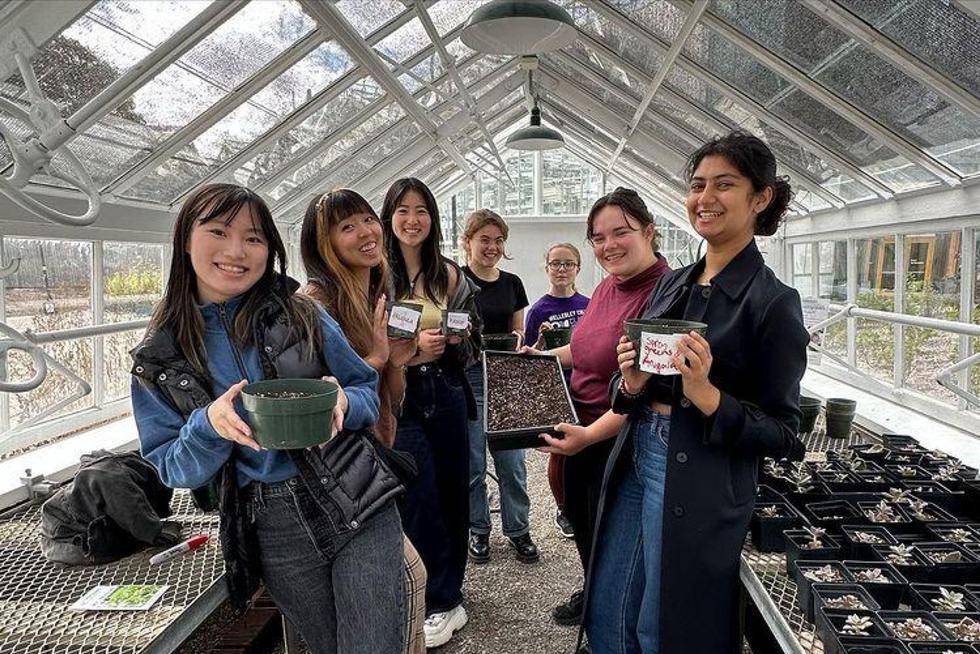
Student organizations
Student groups are fighting climate change, advocating for food justice, reducing waste, and supporting local and organic farms.
-
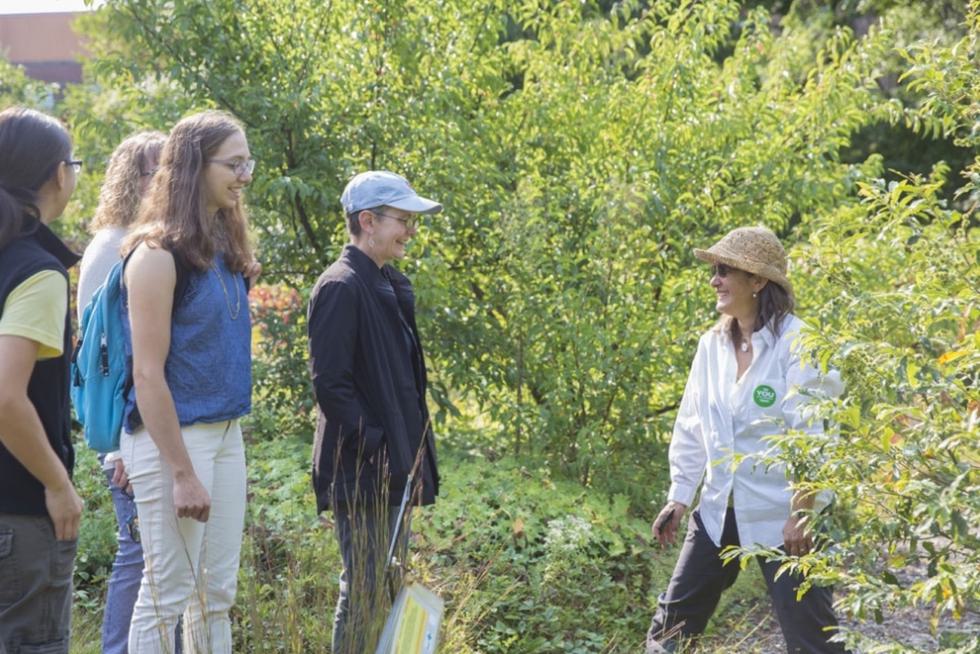
Paulson Ecology of Place Initiative
We encourage students to engage with the natural world, develop a sense of place on our iconic campus, and feel empowered to cultivate sustainable landscapes and communities wherever they are.
-
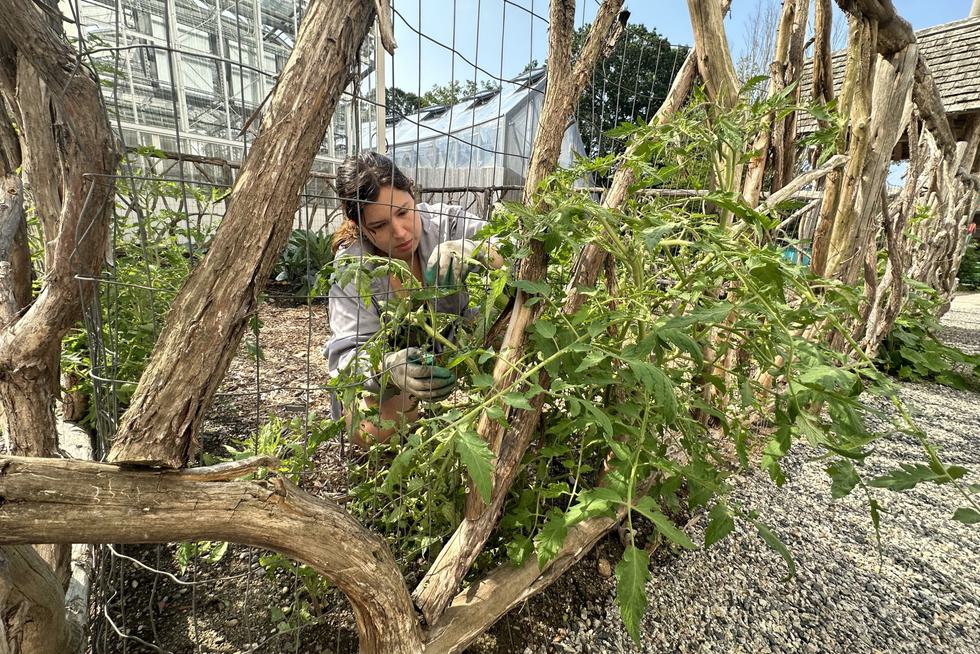
Environmental Studies Department
Students can take courses that address issues such as the biodiversity crisis, global climate change, green building design, and the inequities and causes of environmental degradation.
-
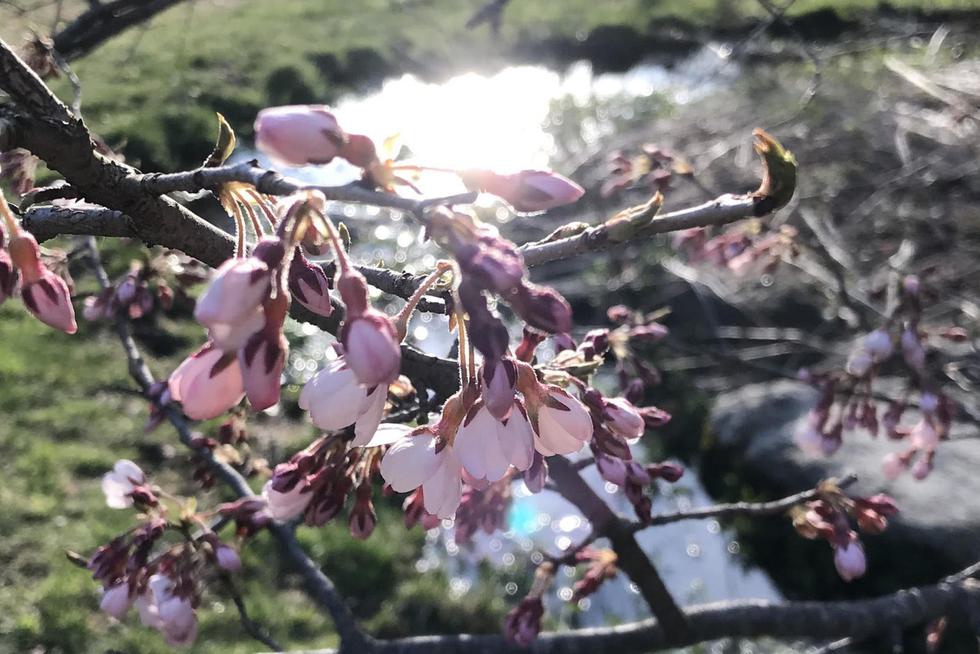
Wellesley College Botanic Gardens
We offer outstanding botanical resources for hands-on learning and exploring human connections to plants.
-
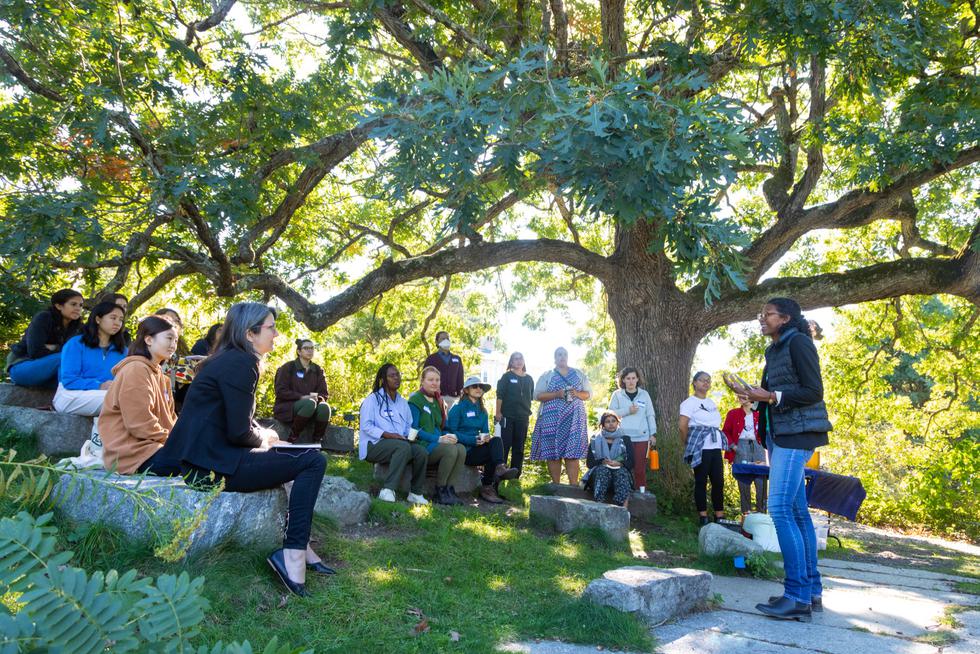
Frost Center for the Environment
We invite students, faculty, and staff into a collaborative learning community working toward a more just environmental future.